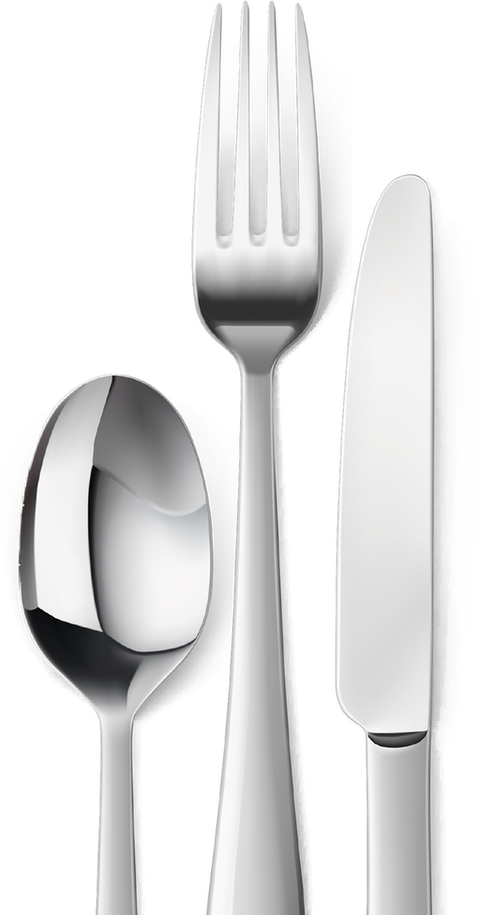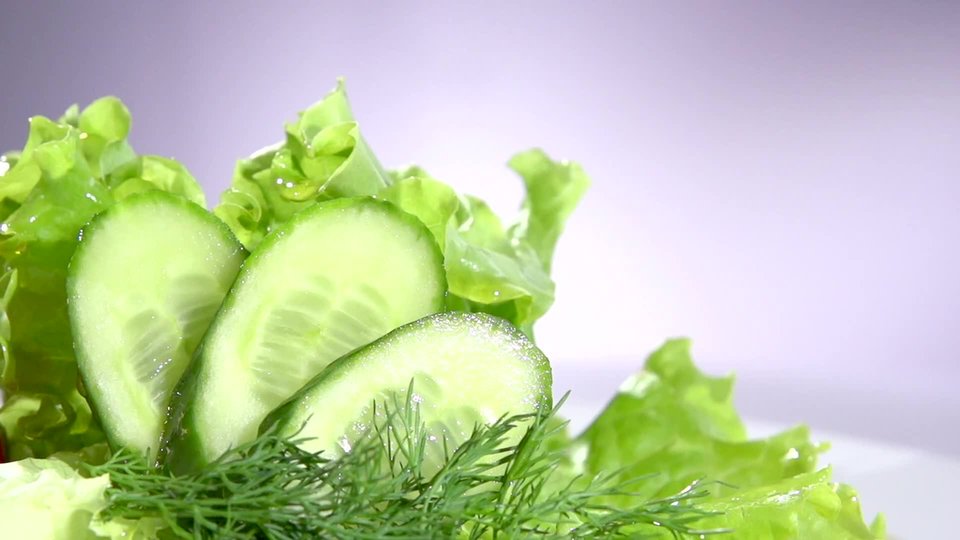DiningwithWedges
Wedgesaregoodforalotmorejobsthansplittingwood.Weusethemtoseparateallsortsofthings.Likefood!Infact,youlikelyuseseveralwedgeseverytimeyou eat.
Takeacloselookatafork,forinstance.Seehoweachtinestartsoutwiderandnarrowstowardtheend?Eachtineisa wedge.
Now,thinkaboutwhathappenswhenyoustickaforkintofood,likeapieceofbroccoli.Youuseefforttoapplyadownwardforcetotheforkasyoupushitintothebroccoli.Each tine directs thatforceoutward,whichseparatesthebroccoliandletstheforkgo deeper.
Oncetheforkisinthebroccoli,frictionbetweenitandeachtineholdstheforksnuglyinplace.Thenyoucancutoffapiecewithanotherwedge―a knife.
Aknifeissharpbecausethebladenarrows,orgetsthinner,fromthetoptothebottom.Theentirebladeisanarrowwedgethatletsyouslicebroccoli―orchickenorgreenbeans―easily.


Afteryouliftthefood toyourmouth,yourownpersonalwedgestakeover―yourteeth.Yourfrontteethact aswedgesthatfurtherseparatethefoodintosmallpieces.Theteethalongthesideshavehighpointsthatarealsosmallwedges.Bychewingwiththesewedges,yourfoodissoonsmallenoughtoswallow.Lookinamirrorandcheckitoutfor yourself.
Nowthatyou’veeatenyourveggies,howaboutdessert?Howaboutascoopoficecream?You’ll wanttoeatitwithaspoon,ofcourse.That’sbecauseallaroundthebowlofthespoon,theedgeisawedge.So,youcaneasilycutthroughthisfrozendelighttoenjoyevery bite.


